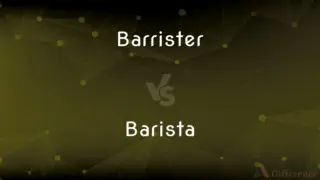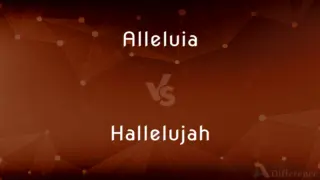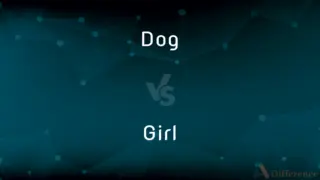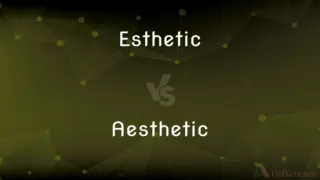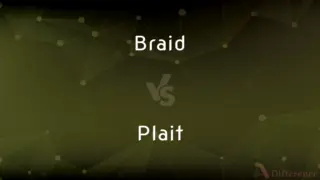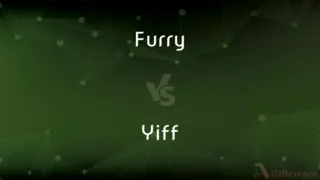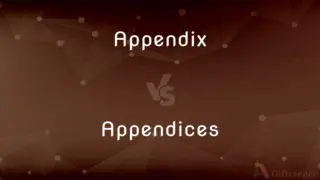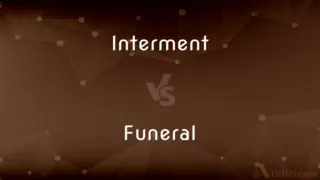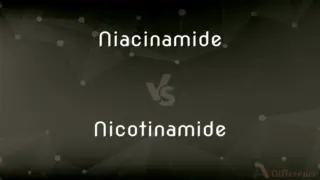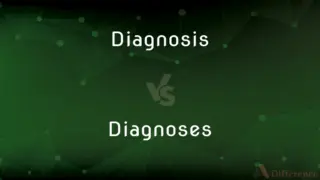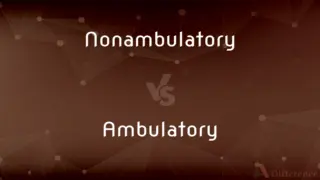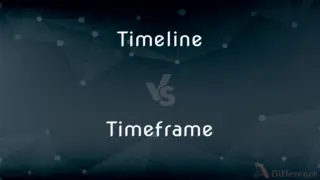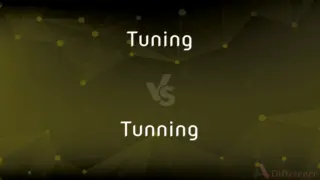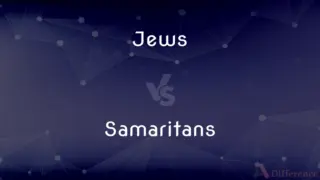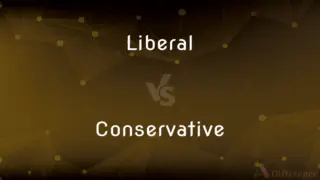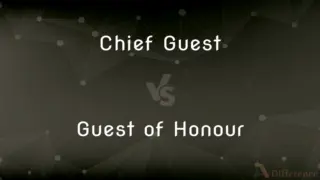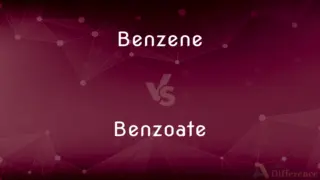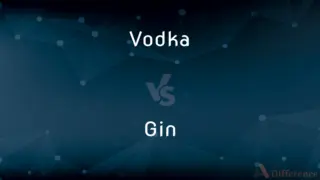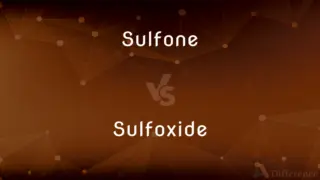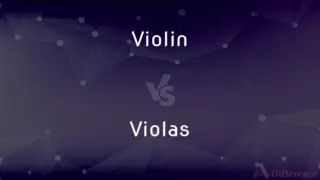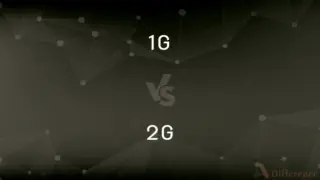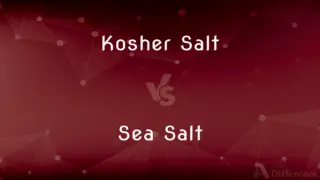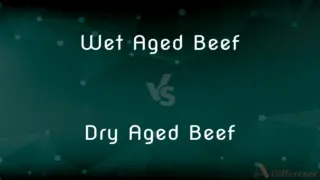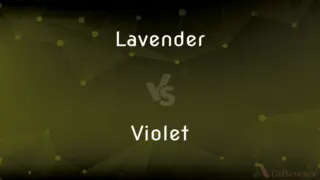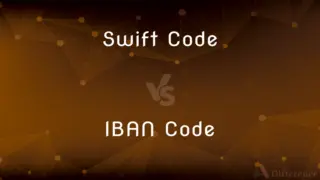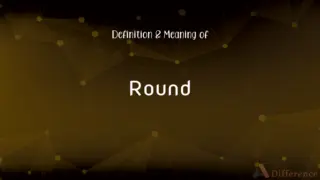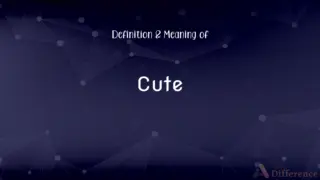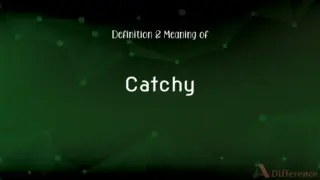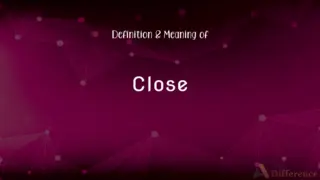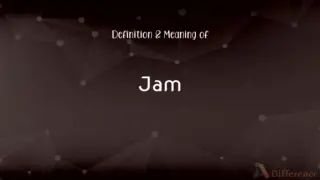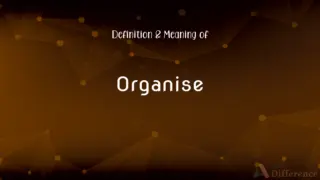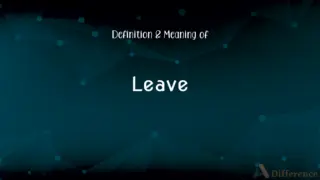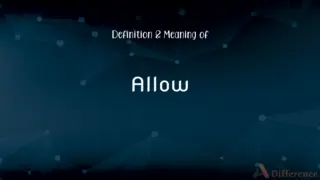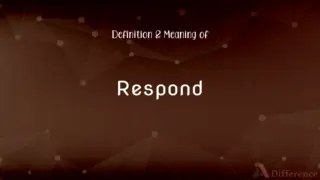Badger vs. Brock — What's the Difference?
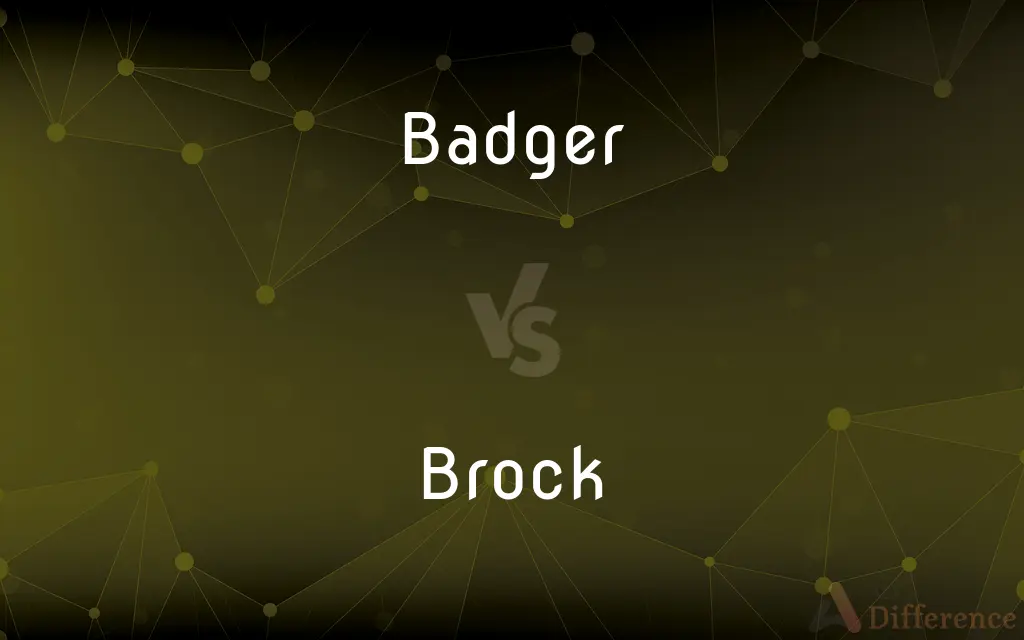
Difference Between Badger and Brock
ADVERTISEMENT
Compare with Definitions
Badger
Badgers are short-legged omnivores mostly in the family Mustelidae (which also includes the otters, polecats, weasels, and ferrets), but also with two species called "badgers" in the related family Mephitidae (which also includes the skunks). Badgers are a polyphyletic grouping, and are not a natural taxonomic grouping: badgers are united by their squat bodies, adapted for fossorial activity.
Brock
A badger.
Badger
Any of several carnivorous burrowing mammals of the family Mustelidae, such as Meles meles of Eurasia or Taxidea taxus of North America, having short legs, long claws on the front feet, and a heavy grizzled coat.
Brock
(UK) a male badger.
Badger
The fur or hair of any of these mammals.
ADVERTISEMENT
Brock
A brocket, a stag between two and three years old.
Badger
Any of several similar mammals, such as the ratel.
Brock
(obsolete) A dirty, stinking fellow.
Badger
To ask or nag (someone) about something in an annoying and persistent way; pester
Badgered the boy into cleaning his room.
Brock
To taunt.
Badger
Any mammal of three subfamilies, which belong to the family Mustelidae: Melinae (Eurasian badgers), Mellivorinae (ratel or honey badger), and Taxideinae (American badger).
Brock
A badger.
Or with pretense of chasing thence the brock.
Badger
A native or resident of the American state, Wisconsin.
Brock
A brocket.
Badger
(obsolete) A brush made of badger hair.
Badger
A crew of desperate villains who robbed near rivers, into which they threw the bodies of those they murdered.
Badger
(obsolete) An itinerant licensed dealer in commodities used for food; a hawker; a huckster; -- formerly applied especially to one who bought grain in one place and sold it in another.
Badger
To pester; to annoy persistently; to press.
He kept badgering her about her bad habits.
Badger
An itinerant licensed dealer in commodities used for food; a hawker; a huckster; - formerly applied especially to one who bought grain in one place and sold it in another.
Badger
A carnivorous quadruped of the genus Meles or of an allied genus. It is a burrowing animal, with short, thick legs, and long claws on the fore feet. One species (Meles meles or Meles vulgaris), called also brock, inhabits the north of Europe and Asia; another species (Taxidea taxus or Taxidea Americana or Taxidea Labradorica) inhabits the northern parts of North America. See Teledu.
Badger
A brush made of badgers' hair, used by artists.
Badger
To tease or annoy, as a badger when baited; to worry or irritate persistently.
Badger
To beat down; to cheapen; to barter; to bargain.
Badger
Sturdy carnivorous burrowing mammal with strong claws widely distributed in the northern hemisphere
Badger
Annoy persistently;
The children teased the boy because of his stammer
Badger
Persuade through constant efforts
Share Your Discovery
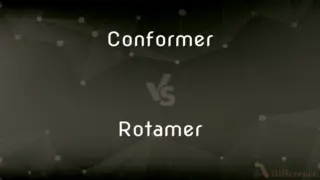
Previous Comparison
Conformer vs. Rotamer
Next Comparison
Nanny vs. Nenny
